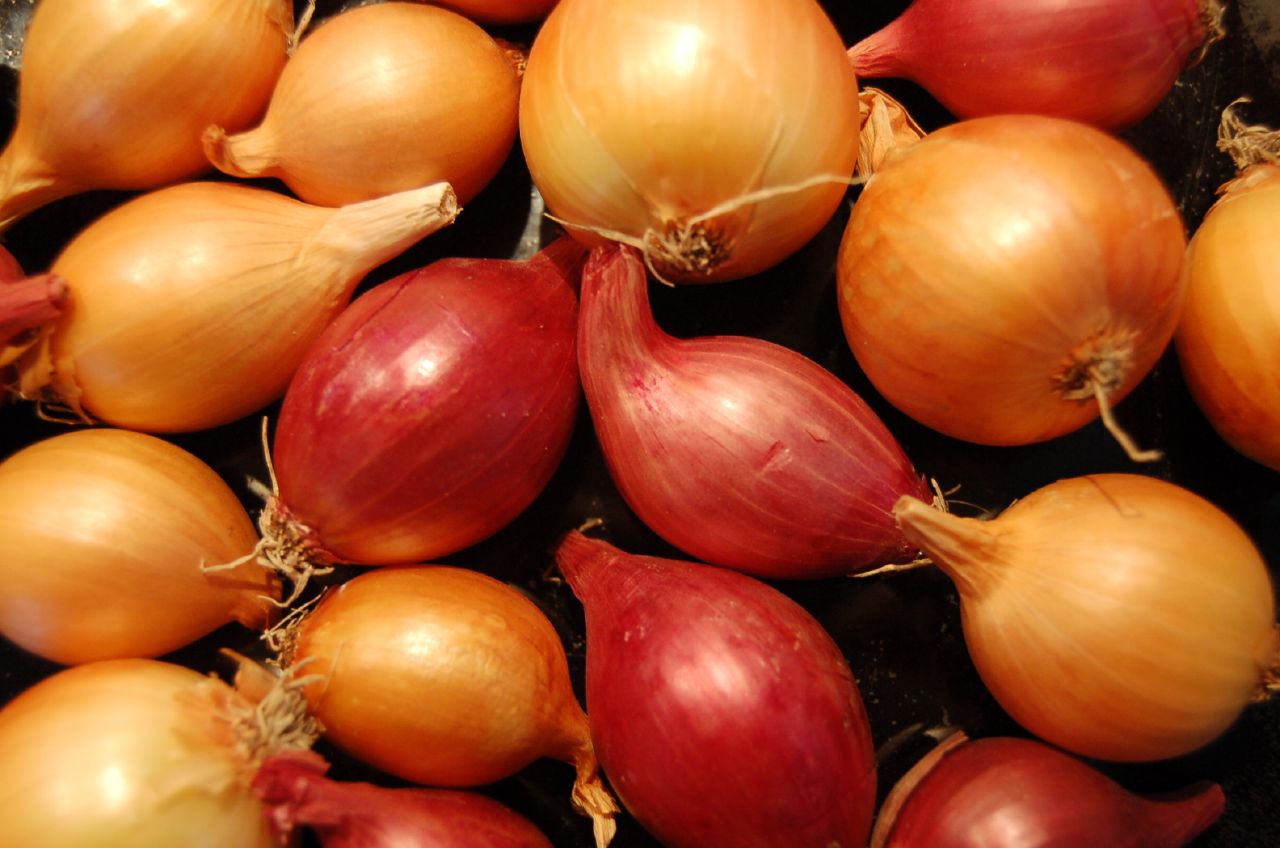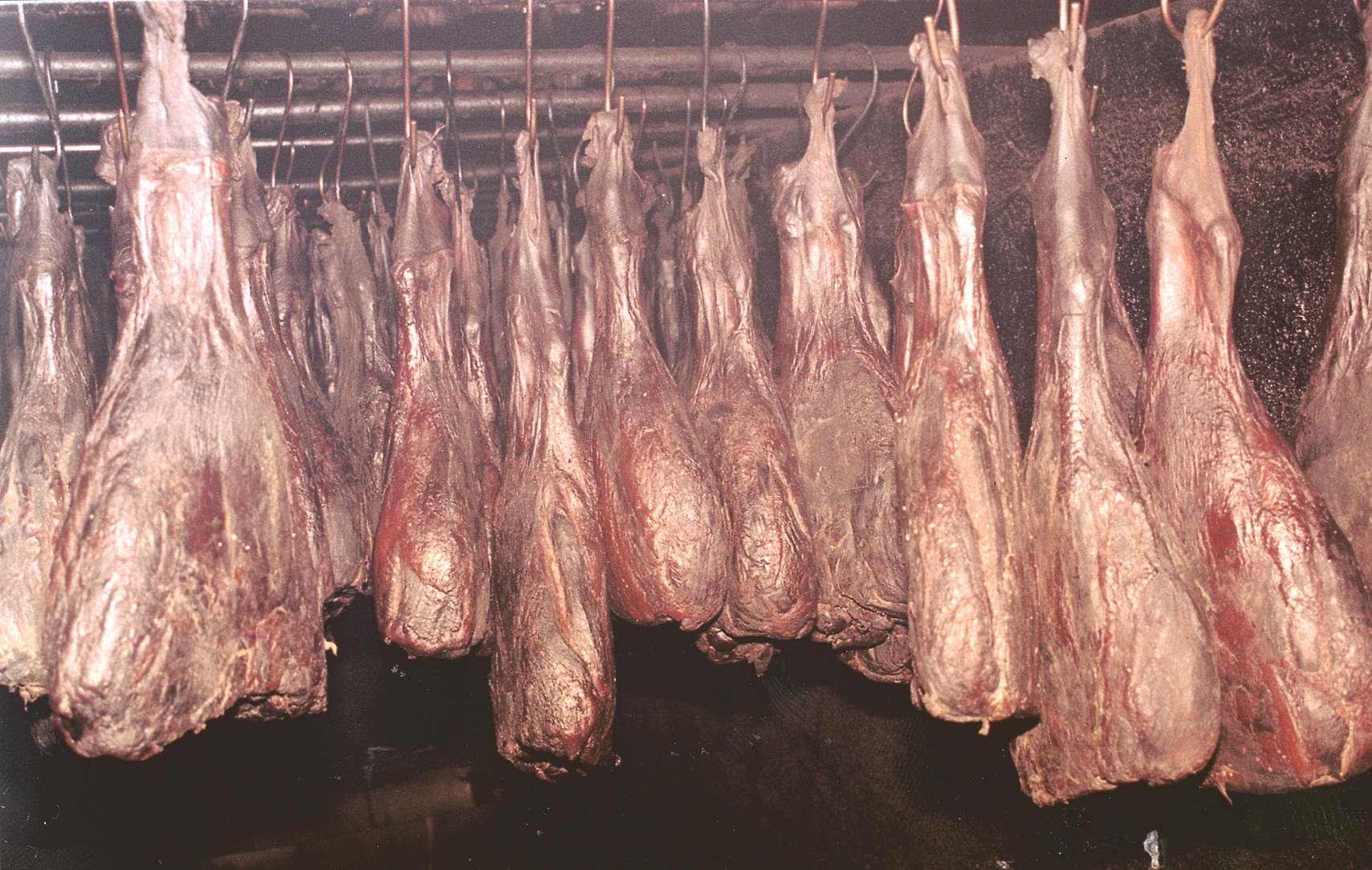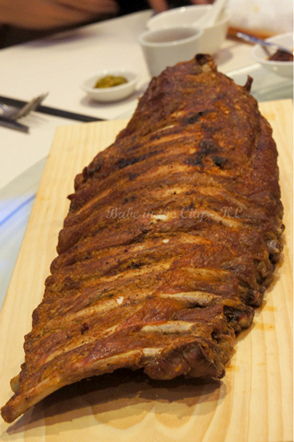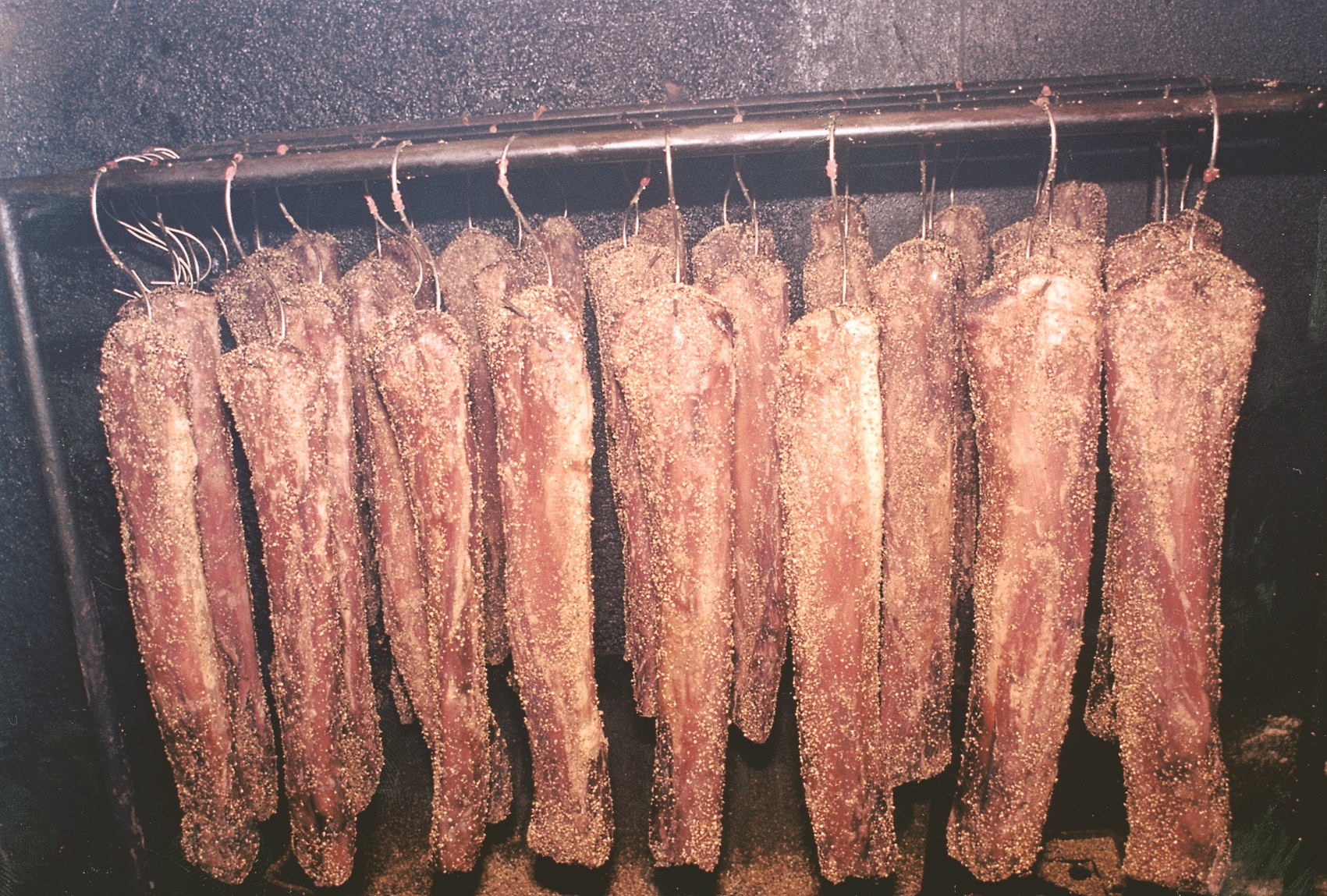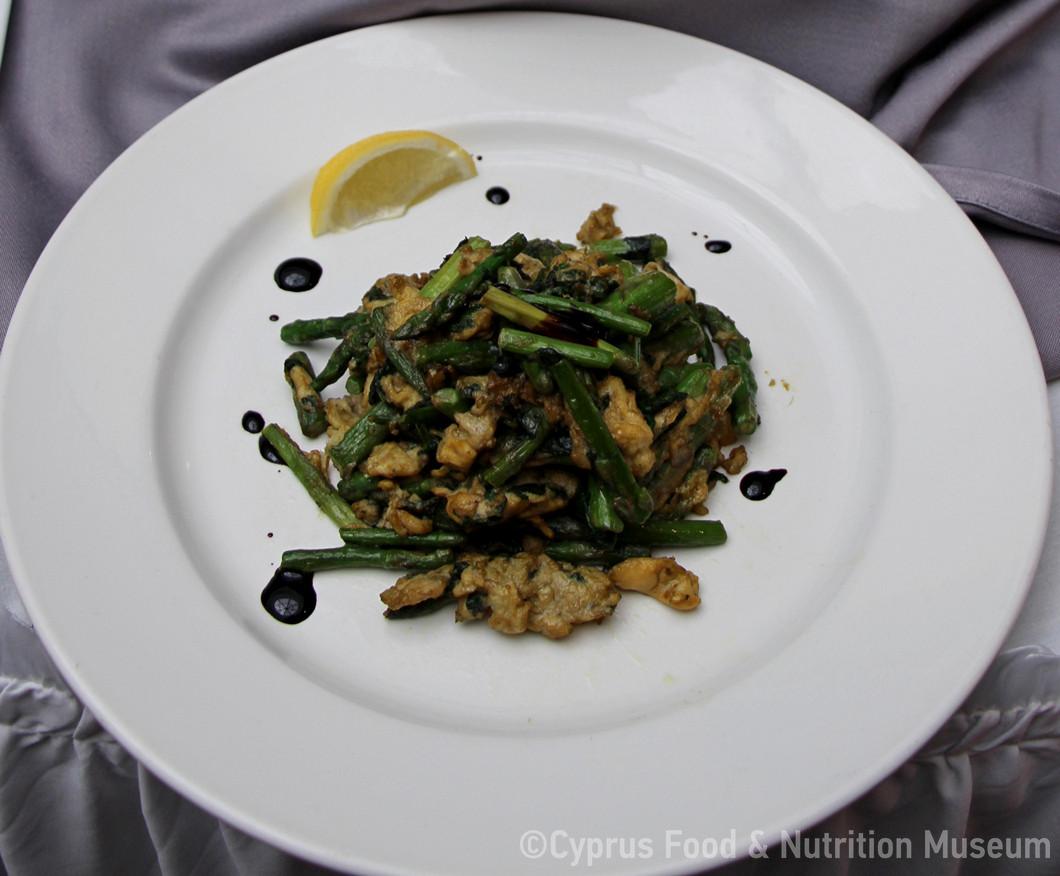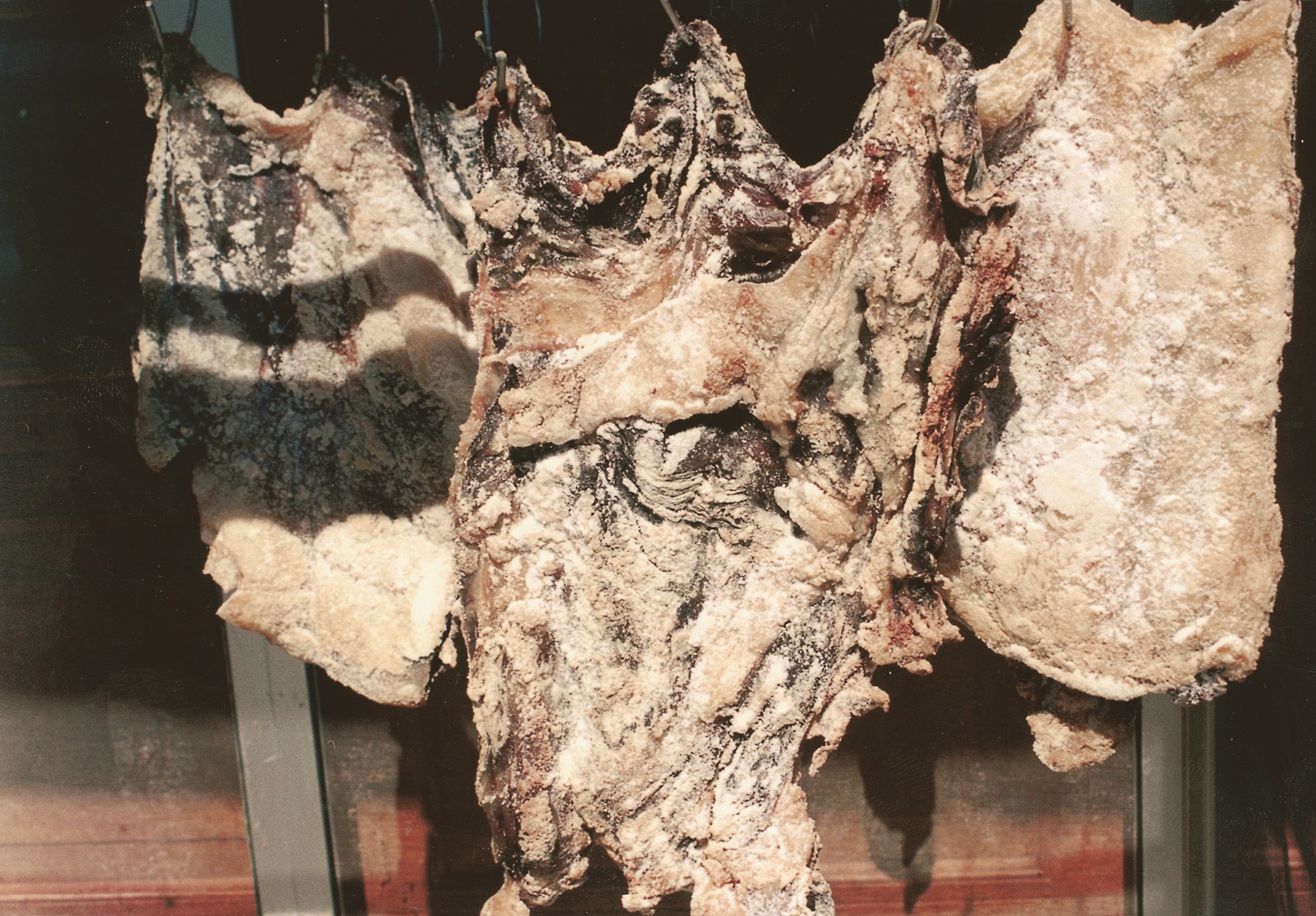A traditional goat meat mezé, an accompaniment to zivania.
Name - Origin
A traditional goat meat mezé with a strong salty taste. Traditional salted goat meat (from a five to six years old goat) (Kythraiotou, 2013 p.47).
Goat meat from a 5-6 years old goat is deboned and cut into large pieces, which are scored with a knife and sprinkled with salt. The salted pieces are pressed, placed in a basin overnight to absorb the brine and on the following day they are placed in the sun to dry for about 5-10 days, depending on the weather. The pieces are turned/moved daily to ensure they get an even amount of salt and sun. Tsamarella is repeatedly immersed in hot water for 2-3 minutes in order to remove the salt. Then, it is placed once again in the sun for one day after sprinkling it with oregano.
Functional and symbolic role
It is considered a delicious mezé, especially as an accompaniment to zivania.
Additional information and bibliography
The preparation of tsamarella flourished in the villages of Marathasa and in the mountainous villages of Paphos where the intention was to preserve meat. Today, tsamarella is also produced in Pitsilia area. Tsamarella is registered as 'Presidium' by the Slow Food Foundation.
Kythraiotou, F. (2013). Γαστρονομικός οδηγός Μαραθάσας, Ministry of Education and Culture - Pedagogical Institute, Nicosia.
Ministry of Agriculture , Natural Resources and Environment, Department of Agriculture (2022).Gastronomic Map of Cyprus, Nicosia, Press and Information Office, 40/2022-5.000.
Stalo Lazarou
